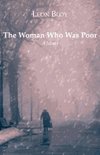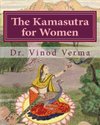
-
 Anglický jazyk
Anglický jazyk
Art museums and galleries in Russia
Autor: Source: Wikipedia
Source: Wikipedia. Pages: 52. Chapters: Hermitage Museum, Russian curators, Pushkin Museum, Winter Palace, Amber Room, Soviet sale of Hermitage paintings, Hermitage Volunteer Service, Hermitage Amsterdam, Vilnius Guggenheim Hermitage Museum, Grand Church... Viac o knihe
Na objednávku, dodanie 2-4 týždne
16.98 €
bežná cena: 19.30 €
O knihe
Source: Wikipedia. Pages: 52. Chapters: Hermitage Museum, Russian curators, Pushkin Museum, Winter Palace, Amber Room, Soviet sale of Hermitage paintings, Hermitage Volunteer Service, Hermitage Amsterdam, Vilnius Guggenheim Hermitage Museum, Grand Church of the Winter Palace, Moscow Museum of Modern Art, Marble Palace, Tretyakov Gallery, Taganrog Museum of Art, Egyptian Collection of the Hermitage Museum, St George's Hall and Apollo Room of the Winter Palace, Summer Garden, Military Gallery of the Winter Palace, Arabian Hall of the Winter Palace, Jordan Staircase of the Winter Palace, Russian Museum, Hermitage Theatre, Museum of Avant-Garde Mastery, Palace Embankment, Hermitage Rooms, Gardens of the Winter Palace, The Museum of One Painting named after G. V. Myasnikov, Shazina Gallery, Malachite Room of the Winter Palace, Menshikov Palace, Small Throne Room of the Winter Palace, Radishchev Art Museum, General Staff Building, Armorial Hall of the Winter Palace, Sergey Ivanovich Kuskov, Field Marshals' Hall of the Winter Palace, White Hall of the Winter Palace, Gold Drawing Room of the Winter Palace, Rotunda of the Winter Palace, Irbit State Museum of Fine Art, Alexander Hall of the Winter Palace. Excerpt: The Winter Palace (Russian: ) in Saint Petersburg, Russia, was, from 1732 to 1917, the official residence of the Russian monarchs. Situated between the Palace Embankment and the Palace Square, adjacent to the site of Peter the Great's original Winter Palace, the present and fourth Winter Palace was built and altered almost continuously between the late 1730s and 1837, when it was severely damaged by fire and immediately rebuilt. The storming of the palace in 1917 became an iconic symbol of the Russian Revolution. The palace was constructed on a monumental scale that was intended to reflect the might and power of Imperial Russia. From the palace, the Tsar ruled over 22,400,000 square kilometres (8,600,000 sq mi) (almost 1/6 of the Earth's landmass) and over 125 million subjects by the end of the 1800s. It was designed by many architects, most notably Bartolomeo Rastrelli, in what came to be known as the Elizabethan Baroque style. The green-and-white palace has the shape of an elongated rectangle, and its principal façade is 250 m long and 100 ft (30 m) high. The Winter Palace has been calculated to contain 1,786 doors, 1,945 windows, 1,500 rooms and 117 staircases. The rebuilding of 1837 left the exterior unchanged, but large parts of the interior were redesigned in a variety of tastes and styles, leading the palace to be described as a "19th-century palace inspired by a model in Rococo style." In 1905, the palace was the scene of the Bloody Sunday massacre, but by this time the Imperial Family had chosen to live in the more secure and secluded Alexander Palace at Tsarskoe Selo, and returned to the Winter Palace only for the most formal and rarest state occasions. Following the February Revolution of 1917, the palace was for a short time the seat of the Russian Provisional Government, led by Alexander Kerensky. Later that same year, the palace was stormed by a detachment of Red Army soldiers and sailors-a defining moment in the birth of the Soviet state. On a less gl
- Vydavateľstvo: Books LLC, Reference Series
- Rok vydania: 2012
- Formát: Paperback
- Rozmer: 246 x 189 mm
- Jazyk: Anglický jazyk
- ISBN: 9781156112663


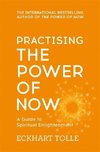


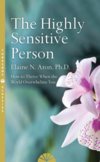

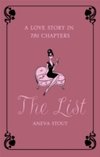
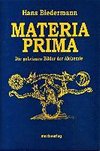
 Nemecký jazyk
Nemecký jazyk 